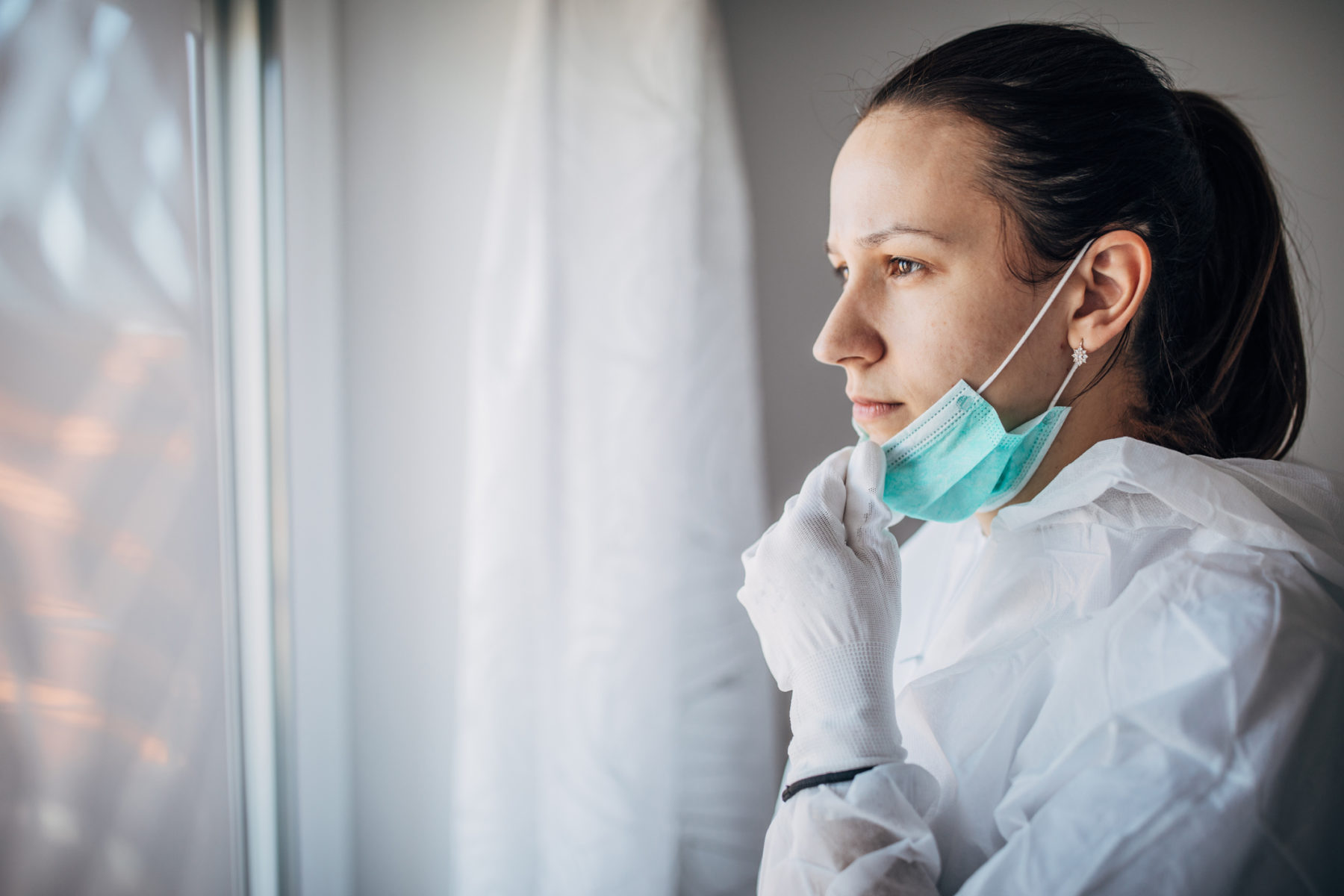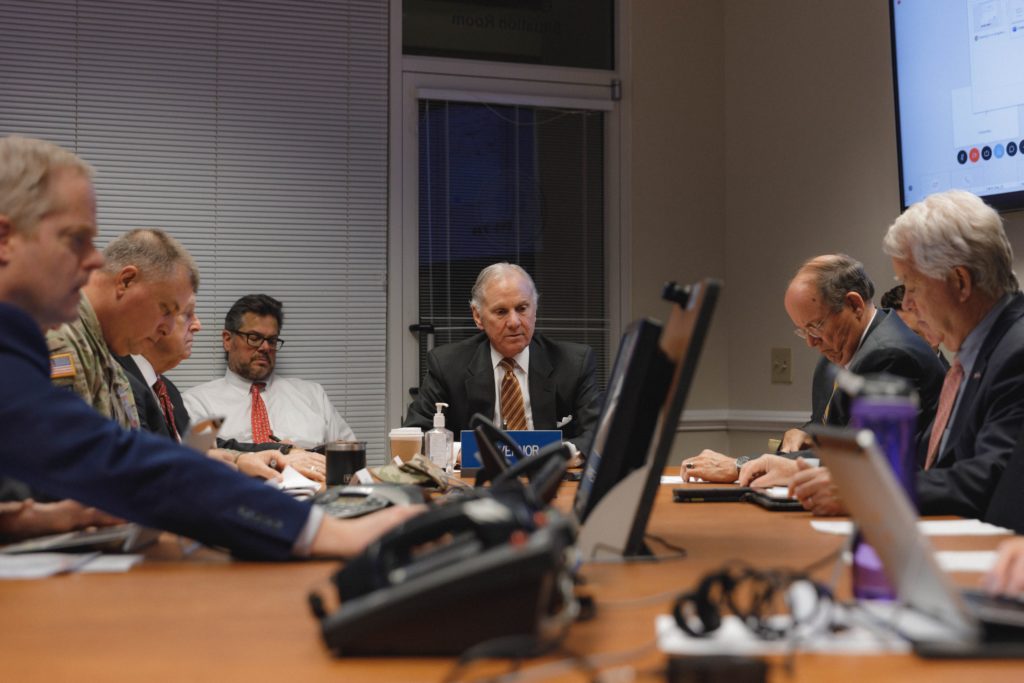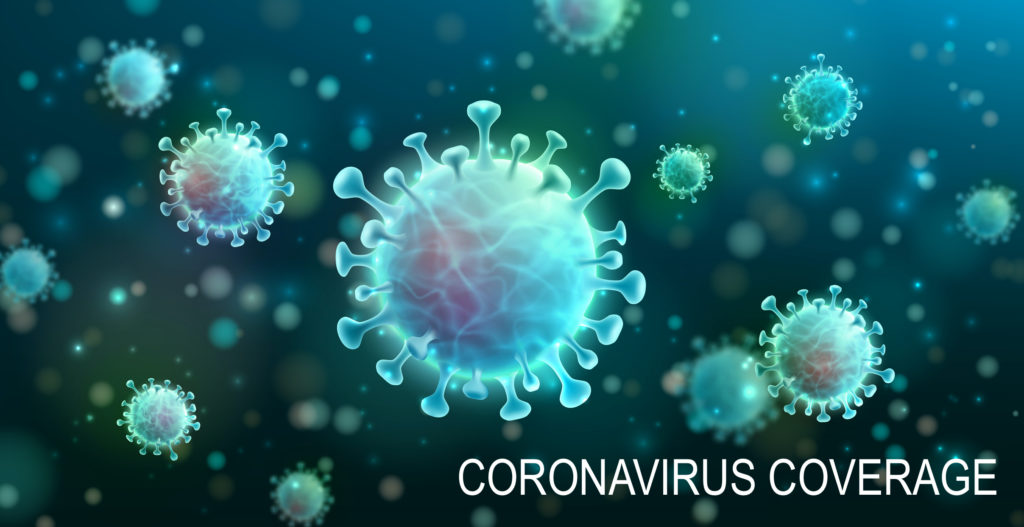In what has become an increasingly grim daily routine, health officials in South Carolina on Tuesday announced the latest confirmed or presumed positive coronavirus tests – adding to an escalating total as the Palmetto State approaches an initial peak with regard to the first wave of the deadly virus.
The South Carolina Department of Health and Environmental Control (SCDHEC) announced 187 new cases on Tuesday – bringing the statewide total to 2,417 positive cases since data first began being released early last month.
SCDHEC also announced three additional coronavirus-related fatalities since its Monday update, bringing the statewide death toll to 51 – again, since the data first began to be tracked (which is a key distinction). According to the agency, all three of the newly announced fatalities involved “patients who were elderly with underlying health conditions.”
In addition to the latest data regarding positive tests, SCDHEC announced that a total of 21,263 negative tests had been conducted in the state – 7,182 at the agency’s public health laboratory and 14,081 at private labs.
Richland county led the state with 340 confirmed cases (29 more than yesterday), just ahead of Charleston county with 305 confirmed cases (five more than yesterday). Greenville county – the most populous region of the Palmetto Upstate – had 214 confirmed cases (ten more than yesterday).
The biggest county-level spike in cases on Tuesday came from Spartanburg county, which borders Greenville to the east. According to SCDHEC, there were 32 new cases in Spartanburg since yesterday’s release – bringing its total to 120 since data first began being tracked.
Kershaw county, the original epicenter for the virus in the state, saw seven new cases reported on Tuesday – bringing its total to 159 (fifth-highest in the state).
To view the spread of the virus geographically, here is the latest “heat map” provided by SCDHEC …
(Click to view)
(Via: SCDHEC)
The good news? South Carolina’s hospitals appear to be well-equipped to handle the first wave of the virus – which according to the latest models should arrive sometime between April 25-29, 2020.
As of this writing, SCDHEC is reporting 5,594 available hospital beds across the state – with 6,376 beds currently in use (a 53.3 percent statewide hospital bed utilization rate). According to the agency, “the overall trend this week has been (toward) greater hospital bed availability, specifically a five percent decrease in hospital bed utilization since March 23.”
According to widely watched projections from the Institute for Health Metrics and Evaluation (IHME) in Seattle, Washington, South Carolina is expected to see a total of 442 coronavirus-related deaths by June 1 – well below the 1,093 deaths the forecast models were originally predicting.
For comparison purposes, there were 292 deaths in South Carolina during 2017-2018 flu season – the most recent season for which complete data is available. According to the S.C. Department of Health and Environmental Control (SCDHEC), that was a “severe season.”
Curiously, South Carolina governor Henry McMaster – who had been badgered for weeks to issue a “stay-at-home” order for the Palmetto State – waited until coronavirus projections dropped dramatically to finally relent and give the order.
According to our sources, McMaster felt compelled to issue his order – which took effect at 5:00 p.m. EDT on Tuesday – after efforts to gin up legislative support for his original position were unsuccessful.
(Click to view)
(Via: S.C. Governor’s Office)
Prior to issuing the order, McMaster (above) had drawn praise from conservatives for declining to completely shutter his state’s economy in response to the pandemic.
On Tuesday, some of those who had been touting the governor were sounding a decidedly different tone.
“Feckless,” one former McMaster backer told us.
This news outlet argued previously in favor of a broadly defined stay-at-home order similar to the one McMaster ultimately adopted, however we expressed “serious doubts as to whether it will do much of anything to change the situation on the ground.”
More importantly, we expressed doubts as to the enforceability of such an order.
We are not going to pile on McMaster for his decision, though. Once again, trying to assess the true spread of this virus – which originated in Wuhan, China last fall – is an inexact science.
Just as we believe potentially hundreds of thousands of Americans were previously infected by this virus prior to the official “counts,” it also stands to reason that potentially thousands of Americans (and dozens of South Carolinians) died from it before the official “death toll” began.
-FITSNews
This news outlet is committed to providing our readers with the very latest, most relevant information we have regarding this unfolding global story – and all the stories we cover. To check out more of our coronavirus coverage, click on the link below …
***
WANNA SOUND OFF?
Got something you’d like to say in response to one of our articles? Or an issue you’d like to address proactively? We have an open microphone policy! Submit your letter to the editor (or guest column) via email HERE. Got a tip for a story? CLICK HERE. Got a technical question or a glitch to report? CLICK HERE.
(VIA: GETTY IMAGES)



